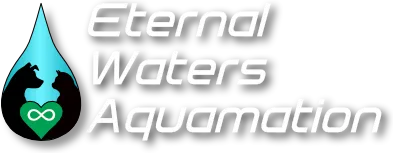
Thank you so much
for booking with Eternal Waters Aquamation. We’ve received your appointment request and are holding your preferred time.
💙 Please wait for a confirmation text or email before coming in, as we want to be sure we’re ready to care for you and your pet. We’ll be in touch very soon.

© Copyright 2025. Eternal Waters Aquamation. All Rights Reserved.